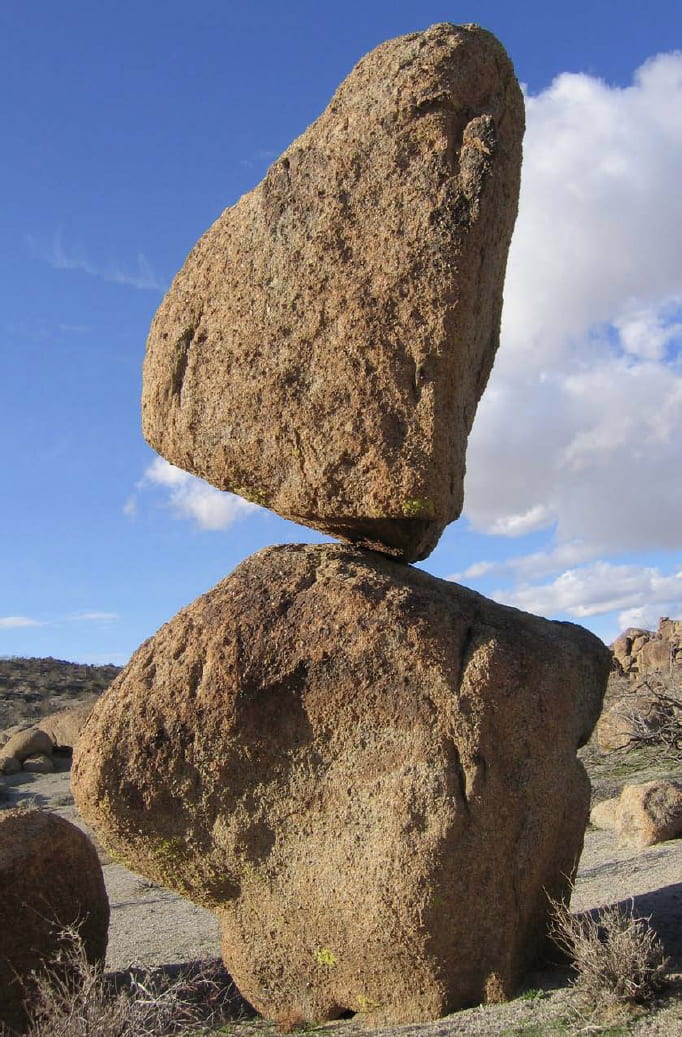UCI, NASA scientists find significant groundwater loss in California
New space observations reveal that since October 2003, the aquifers for California’s primary agricultural region – the Central Valley -…
New space observations reveal that since October 2003, the aquifers for California’s primary agricultural region – the Central Valley – and its major mountain water source – the Sierra Nevada – have lost nearly enough water combined to fill Lake Mead, America’s largest reservoir. The findings, based on satellite data, reflect California’s extended drought and increased pumping of groundwater for human uses such as irrigation. At the American Geophysical Union meeting this week in San Francisco, UC Irvine’s Jay Famiglietti and NASA scientists detailed the state’s groundwater changes and outlined research on other global aquifers conducted via twin satellites called the Gravity Recovery and Climate Experiment. GRACE monitors tiny month-to-month differences in Earth’s gravity field primarily caused by the movement of water in the planet’s land, ocean, ice and atmosphere. Its ability to “weigh” shifts in water content provides new insights into how climate change is affecting Earth’s water cycle.


